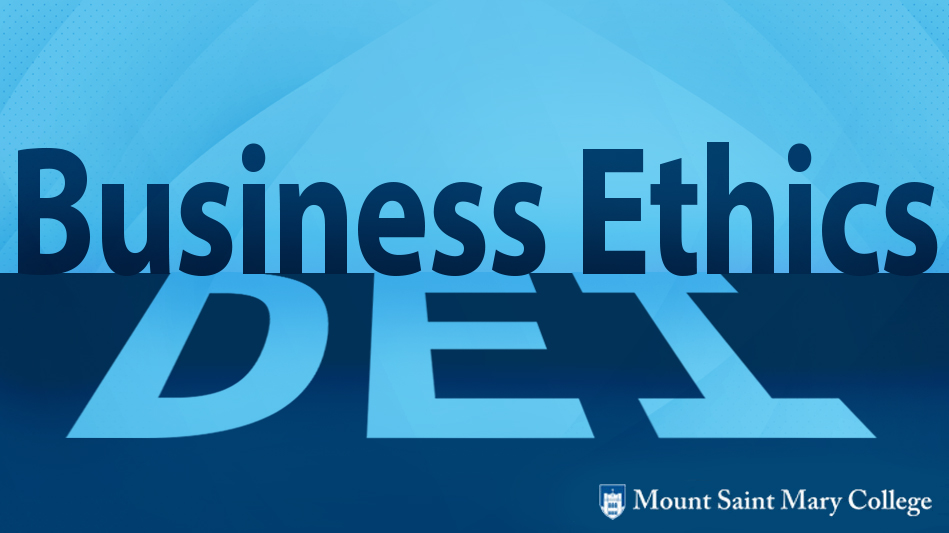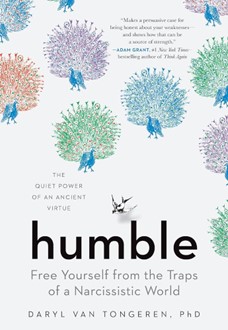by Roman Taraban, Ph.D., Texas Tech University
Metacognition is often described in terms of its general utility for monitoring cognitive processes and regulating information processing and behavior. Within memory research, metacognition is concerned with assuring the encoding, retention, and retrieval of information. A sense of knowing-you-know is captured in tip-of-the-tongue phenomena. Estimating what you know through studying is captured by judgments of learning. In everyday reading, monitoring themes and connections between ideas in a reading passage might arouse metacognitive awareness that you do not understand a passage that you are reading, and so you deliberately take steps to repair comprehension. Overall, research shows that metacognition can be an effective aid in these common situations involving memory, learning, and comprehension (Dunlosky & Metcalfe, 2008).

But what about new situations? If you are suddenly struck with a great idea, can metacognition help? If you want to learn a new skill, how does metacognition come into play? Often, we want to develop fluency, we want to accurately and quickly solve problems. The classic model of skill development proposed by Fitts and Posner (1967) did not explicitly incorporate metacognition into the process. A recent model by Chein and Schneider (2012), however, does give metacognition a prominent role. In this blog, I will review the Fitts and Posner model, introduce the Chein and Schneider model, and suggest ways that the latter model can inform learning and development.
In Fitts and Posner’s (1967) classic description of the development of skilled performance there are three overlapping phases:
- Initially, facts and rules for a task are encoded in declarative memory, i.e., the part of memory that stores information.
- The person then begins practicing the task, which initiates proceduralization (i.e., encoding the action sequences into procedural memory), which is that part of memory dedicated to action sequences. Errors are eliminated during this phase and performance becomes smooth. This phase is conscious and effortful and gradually shifts into the final phase.
- As practice continues, the action sequence, carried out by procedural memory, becomes automatic and does not draw heavily on cognitive resources.
An example of this sequence is navigating from point A to point B, like from your home to your office. Initially, the process depends on finding streets and paying attention to where you are at any given time, correcting for wrong turns, and other details. After many trials, you leave home and get to the office without a great deal of effort or awareness. Details that are not critical to performance will fall out of attention. For instance, you might forget the names of minor streets as they are no longer necessary for you to find your way. Another more academic example of Fitts and Posner includes learning how to solve math problems (Tenison & Anderson, 2016). In math problems, for instance, retrieval of relevant facts from declarative memory and calculation via procedural memory become accurate and automatic along with speed-up of processing.
Chein and Schneider (2012) present an extension of the Fitts and Posner model in their account of the changes that take place from the outset of learning a new task to the point where performance becomes automatic. What is distinctive about their model is how they describe metacognition. Metacognition, the first stage of skill development, “guides the establishment of new routines” (p. 78) through “task preparation” (p. 80) and “task sequencing and initiation” (p. 79). “[T]he metacognitive system aids the learner in the establishing the strategies and behavioral routines that support the execution of the task” (p. 79). Chein and Schneider suggest that the role of metacognition could go deeper and become a characteristic pattern of a person’s thoughts and behaviors: “We speculate that individuals who possess a strong ability to perform in novel contexts may have an especially well-developed metacognitive system which allows them to rapidly acquire new behavioral routines and to consider the likely effectiveness of alternative learning strategies (e.g., rote rehearsal vs. generating explanations to oneself; Chi, 2000).”
In the Chein and Schneider model, metacognition is the initiator and the organizer. Metacognitive processing recruits and organizes the resources necessary to succeed at learning a task. These could be cognitive resources, physical resources, and people resources. If, for example, I want to learn to code in Java, I should consider what I need to succeed, which might include YouTube tutorials, a MOOC, a tutor, a time-management plan, and so on. Monitoring and regulating the cognitive processes that follow getting things set up are also part of the work of metacognition, as originally conceived by Flavell (1979). However, Chein and Schneider emphasize the importance of getting the bigger picture right at the outset. In other words, metacognition can work as a planning tool. We tend to fall into thinking of metacognition as a guide for when things go awry. While we know that it can be helpful in setting learning goals so that we can track progress towards those goals and resources to help us achieve them, we may fall into thinking of metacognition as a “check-in” when things go wrong. Of course, metacognition can be that too, but metacognition can be helpful on the front end, especially when it comes to longer-term, challenging, and demanding goals that we set for ourselves. Often, success depends on developing and following a multi-faceted and longer-term plan of learning and development.
In summary, the significant contribution to our understanding of metacognition that Chein and Schneider (2012) make is that metacognitive processing is responsible for setting up the initial goals and resources as a person confronts a new task. With effective configuration of learning at this stage and sufficient practice, performance will become fluent, fast, and relatively free of error. The Chein and Schneider model suggests that learning and practice should be preceded by thoughtful reflection on the resources needed to succeed in the learning task and garnering and organizing those resources at the outset. Metacognition as initiator and organizer sets the person off on a path of successful learning.
References
Chein, J. M., & Schneider, W. (2012). The brain’s learning and control architecture. Current Directions in Psychological Science, 21, 78-84.
Chi, M. T. (2000). Self-explaining expository texts: The dual processes of generating inferences and repairing mental models. In R. Glaser (Ed.), Advances in instructional psychology, (Vol. 5), pp. 161-238. Mahwah, NJ: Erlbaum.
Dunlosky, J., & Metcalfe, J. (2008). Metacognition. SAGE, Los Angeles
Fitts, P. M., & Posner, M. I. (1967). Human performance. Belmont, CA: Brooks/Cole.
Flavell, J. H. (1979). Metacognition and cognitive monitoring: A new area of cognitive–developmental inquiry. American Psychologist, 34, 906-911.
Tenison, C., & Anderson, J. R. (2016). Modeling the distinct phases of skill acquisition. Journal of Experimental Psychology: Learning, Memory, and Cognition, 42(5), 749-767.




